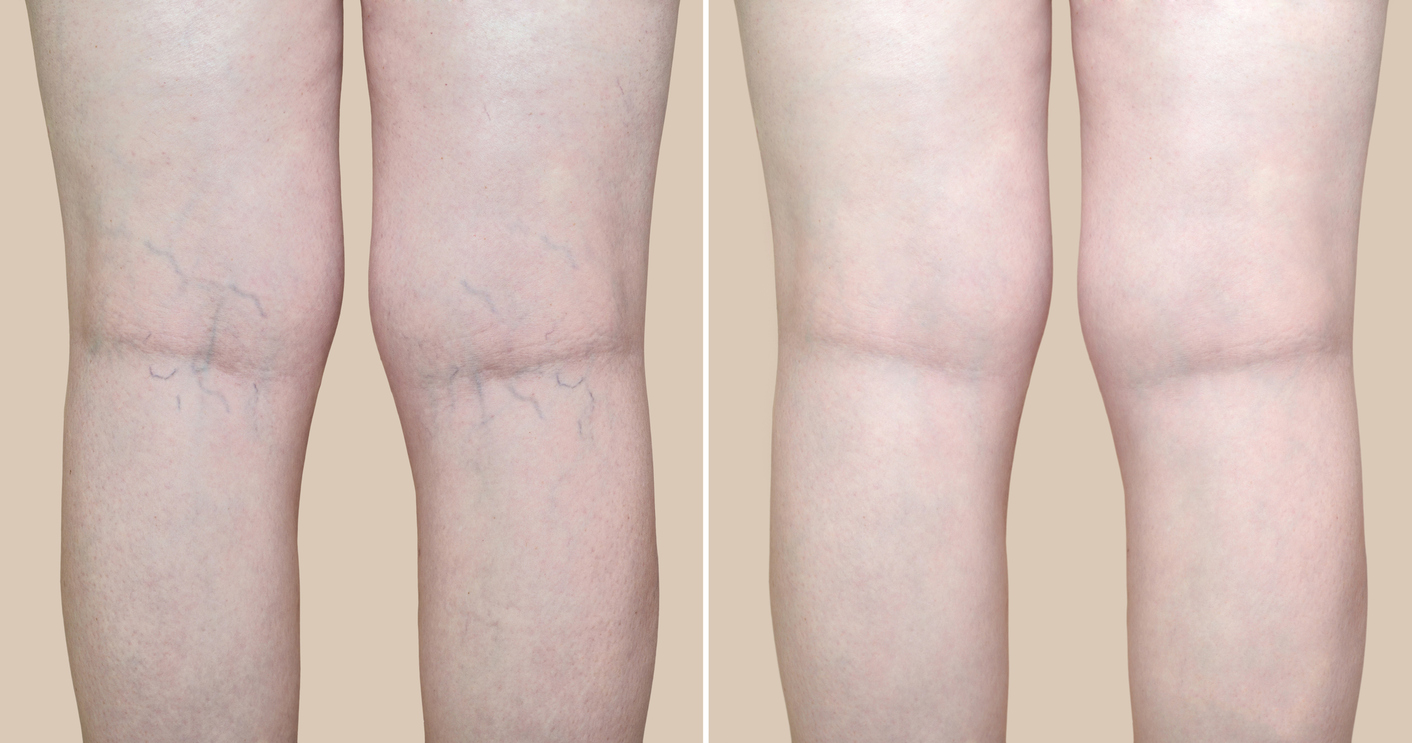Thread veins, also known as spider veins, are small, thin blood vessels that are visible just beneath the skin's surface. They often appear as red, blue, or purple lines and are commonly found on the legs and face...
READ MORE
Thread veins, also known as spider veins, are small, thin blood vessels that are visible just beneath the skin's surface. They often appear as red, blue, or purple lines and are commonly found on the legs and face. Thread veins can result from a variety of factors, including genetic predisposition, hormonal changes, pregnancy, or prolonged periods of standing. They occur when tiny veins become dilated and more noticeable due to weakened valves or increased blood flow.
Treatment options for thread veins include laser therapy, which targets and shrinks the affected veins, or sclerotherapy, where a solution is injected into the veins to cause them to collapse and fade. These treatments are generally minimally invasive and aim to reduce or eliminate the appearance of thread veins, improving the skin's overall appearance.
While undergoing treatment for thread veins, you might experience mild discomfort or a sensation similar to a rubber band snap. In laser therapy, a targeted light is used to heat and collapse the veins, which may produce a warming sensation. For sclerotherapy, a fine needle injects a solution into the veins, causing a brief stinging or cramping sensation. Most procedures are relatively quick and are performed on an outpatient basis, allowing you to resume normal activities shortly afterward.


Post-treatment, it's common to experience some redness, swelling, or bruising in the treated areas. These effects are generally temporary and reduce within a few days to a week. You may need to wear compression stockings to support healing and avoid strenuous activities for a short period. It's also advisable to protect the treated skin from excessive sun exposure and follow any specific aftercare instructions provided by your practitioner. Regular follow-up appointments may be necessary to assess progress and determine if additional treatments are required.
Copyright © Sparsh. All Rights Reserved by Multiple Revolution